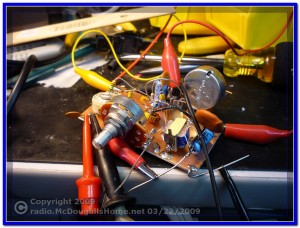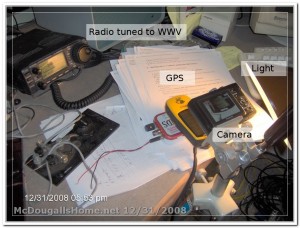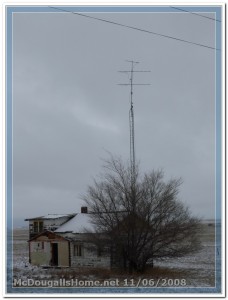A week or so ago, I posted a note about the Gnat 1 single transistor QRP transceiver. I was excited about building this little project. I gathered up the parts and warmed up the soldering iron.
The project went together easily. After all, there are only about a dozen parts or so, what could go wrong? Oh, what a loaded question that was.
I decided to construct the 80 Meter model. I live about 20 miles out of Helena, MT, and if I was successful in getting this little rig working, I wanted to see if a fellow Ham in Helena could detect my signal. After completion, I attached the power, and antenna. I hooked up the oscilloscope and frequency meter, and powered the rig up.
I was immediately gratified with a signal when I shorted the “key” line. It looked like I was getting out between 200 and 400 milliwatts, depending on the power supply voltage. This is where the fun ended.
I was never able to detect any sort of audio out of the little rig. I followed the tuneup procedure in the instructions to the tee. The instructions were easy to follow and the results were exactly as written, but through all of the test procedures, I was “NEVER” able to detect any audio. After several days, I think I am done with it. Unless something else pops into my mind, I will cut my losses on this one and continue on to the next project that is begging for my attention.





